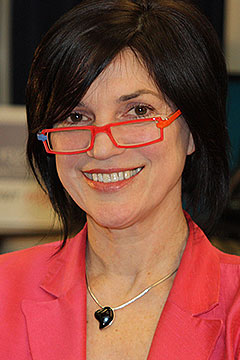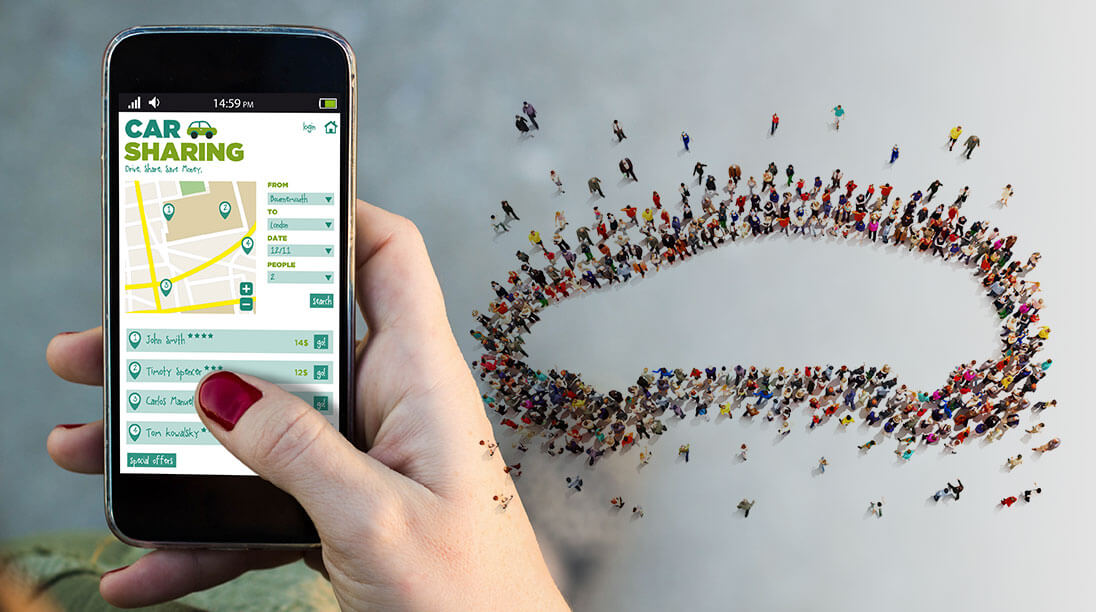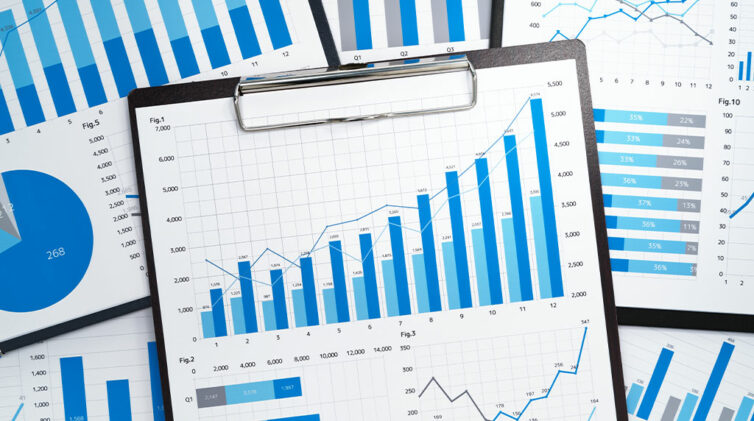
Michelle Levine
AUSTRALIANS will move to car sharing in the 2020s in preference to outright car ownership, potentially leading to the traditional dealership model becoming redundant unless the automotive industry quickly embraces change, said Roy Morgan’s latest State of the Nation report.
The researcher’s report, which closely examines the nation’s car industry, said changing attitudes about cars have been led by Generation Y (born 1977-1994) that are beginning to spread to a larger proportion of the population.
Roy Morgan Research CEO Michele Levine said that 2025 has been identified as a tipping point for the industry as a whole as it faces digital disruption.
“Any automotive players that fail to plan fully for the future involving increased car-sharing, driverless cars, and purely online sales will find it far too hard to catch up to ‘first-movers’ by the time 2025 rolls around,” she said in a statement about the latest report.
The report puts pressure on the global automotive industry players but particularly dealerships that have invested multi-millions of dollars in infrastructure and employees.
Industry expert and now KPMG’s national leader of Motor Industry Services Wayne Pearson said the car sharing and fractional ownership concept is not new.

GoGet
“My view is that it is a great opportunity for dealers to step up and either start their own car sharing or fractional ownership businesses with their customers or be the customer-facing provider for a larger consolidator,” he told GoAutoNews Premium.
“Dealers are perfectly located in front of the customer and can provide all the back-of-house administration and maintenance of the vehicle. They can also provide a full range of vehicles to suit all times and needs of the customer.”
Mr Pearson said it could also allow dealers to be “more transactionally profitable”.
“The focus would be on the customer buying ‘credits’ for a certain value and this entitles them to certain usage opportunities over a time period,” he said.
“The value will go back to giving ‘customer service’ rather than just ‘shifting tin’ so pressured transactional sales processes will disappear from the landscape.”

Mr Pearson said that as the value of the car and the trade-in vehicle would become less relevant, the focus of the dealer would be to maintain customer relationships.
“It will change the profit and cost structures of the business,” he said.
“Sales and finance people will be replaced by customer relationship coordinators who will focus on matching the customer’s needs with their ‘credits’ and ensuring this is managed and delivered to the customer.
“If dealers – particularly, the large players – go it alone and drive this into their customer bases they will keep most of the profit in house and could really make very big profits before the consolidators really hit the market.
“If dealers limit themselves to being just purely agents then they will constrain their profit opportunities and lose control of the customer.”
Ms Levine said that the potential savings as the nation moved to shared ownership and autonomous cars were massive.
In its report, Roy Morgan said data from the Australian Bureau of Statistics showed that total new vehicles sales in 2016 was more than $41 billion for the sales of 1,178,133 new vehicles.
It said that in addition, there were sales of about 2.1 million used vehicles “thus total vehicle sales (new and used) in 2016 were worth an estimated $80 billion-plus”.
“The average Australian family spends $17,147 a year on transport – from purchase of vehicles through to public transport – which is equal to 13.6 per cent of average household income,” the report said.
“The automotive revolution which ultimately leads to automotive fleets of driverless cars will result in thousands of lives saved, carbon emissions slashed as technology drives the uptake of fully-electric vehicles, the suppression of auto-related crimes and faster travel times as autonomous cars communicate with each other to allow for more efficient routing,” the report said.

What to look forward to in an autonomous future
FINDINGS in the Roy Morgan report released last week include major technology changes that follow the same digitally focused path taken by booksellers (particularly the introduction of Amazon), music vendors, retailers and media companies in recent years.
Roy Morgan’s survey summation of the future includes:
More want zero emissions:
Most Australians (62 per cent) would pay more for a car with “zero emissions” today compared to 38 per cent that would not. Of those that would buy a zero emission car, 17 per cent said they would pay 0-5 per cent more than an equivalent non-zero emissions; 25 per cent would pay 6-10 per cent more; 12 per cent would pay 11-20 per cent more and nine per cent would pay 20 per cent and more. Splitting by generations shows 75 per cent of Millennials (birth period about 1982-2000) would be prepared to pay more compared to 51 per cent of Baby Boomers (1946-1964).
Many ready for driverless cars:
A slim majority of Australians (54 per cent) are not yet ready for traveling in driverless cars compared to 46 per cent that are. Men (51 per cent) are ready for driverless compared to women (41 per cent). A clear majority of Millennials (62 per cent) are ready for driverless compared to only 26 per cent of Boomers.
Car sharing:
Most Australians (64 per cent) are not aware of car-sharing services compared to 36 per cent that are. More than 200,000 Australians already use car-sharing services like Go-Get and Flexi-car. Men (43 per cent) are more likely than women (29 per cent) to know of car-sharing and Millennials (35 per cent) are more aware of car-sharing than Boomers (26 per cent).
Car ownership:
Baby Boomers are a growing part of the automotive market. The number of Boomers in the market for a new car is up 112 per cent since 2006 while Millennials in the market for a new car are up 49 per cent in the same period. Boomers are driving the increase in SUV sales. Now, 37.6 per cent of Boomers looking to buy a new car are in the market for an SUV compared to only 15.8 per cent a decade ago.
Buying online:
Buying cars entirely online is just around the corner. Already 34 per cent of Australians are ready to buy a car entirely online compared to 66 per cent that are not, with men (42 per cent) leading women (25 per cent) and Millennials (37 per cent) leading Boomers (23 per cent).
- The Australian automotive industry is far larger than just manufacturing. These industries are not impacted by the closure of manufacturing: Automotive financing (annual turnover of $20 billion-plus), automotive insurance ($13 billion-plus), servicing and repair ($14 billion-plus), roadside assist ($6 billion-plus), fuel ($3 billion-plus), media and publishing ($1.9 billion-plus) and parking.
- Annual transportation costs in Australia equal $117 billion (seven per cent of Australia’s GDP). This includes car loans, registration/ licensing, insurance, servicing, fuel, public transport, roadside assistance and tolls.
- The average Australian family spends $17,147 a year on transport, equal to 13.6 per cent of average household income. The potential savings as we move to shared ownership and driverless cars are clearly massive.
- Australia’s quickly growing population will ensure car sales remain strong over the next few years even though technological advancements will begin to significantly alter the way we consume ‘transport’ in the 2020s and beyond.
- More Australians are comfortable with technology than ever before and this impacts the way Australians buy cars – almost 75 per cent of potential new car buyers now go online to undertake car research before purchasing. The Early Adopters of technology are also the most drawn to new services like driverless cars and other urban mobility services.
- One-million Millennials (18 per cent) have Uber on their phone or tablet and two-thirds have used the Uber app in the last four weeks compared to only one per cent of Boomers that have downloaded Uber, and only half of those have used Uber in the past four weeks.
- 200,000 Australians are now using car-sharing services. Of these, almost half, 96,000, are Millennials compared to only 20,000 Boomers.
- Millennials are drawn to new technologies – 32.4 per cent would consider buying an electric vehicle and 50.3 per cent would consider buying a hybrid. This compares with 22.6 per cent of Boomers that would consider an electric vehicle and 40.5 per cent that would consider a hybrid.
- 16.3 million Australians drive a car; an increase of 2.5 million (up 19 per cent) over the last decade. The percentage of Australians aged 14-plus that drive a car has increased from 81.8 per cent of the population to 82.4 per cent.
- Over seven-million Australians now drive new cars (up 2.3 million) compared to 9.2 million that drive used cars (up 600,000). New car use is clearly catching up to used cars.
- Average age of the Australian car fleet has dropped to 10 years (down from 10.3 in 2006). This is still higher than comparable countries – the average age of a car in Germany is 6.9 years and 8.3 years in Japan.
By Neil Dowling













 Read More: Related articles
Read More: Related articles

